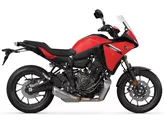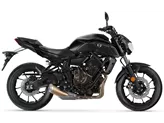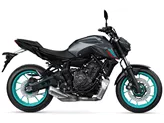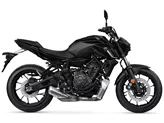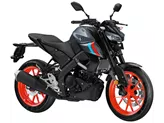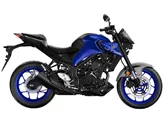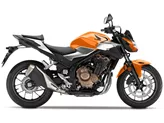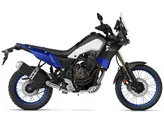Yamaha MT-07 2022 vs. Suzuki GSR 750 2017
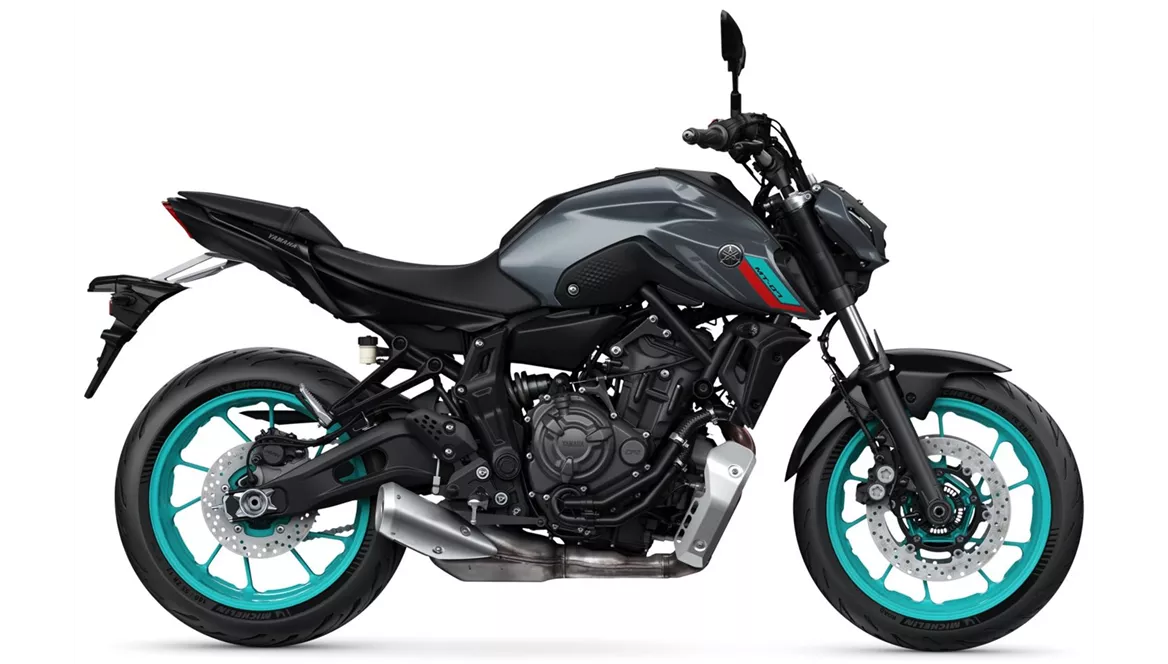
Yamaha MT-07 2022

Suzuki GSR 750 2017
Overview - Yamaha MT-07 2022 vs Suzuki GSR 750 2017
The Yamaha MT-07 2022 and the Suzuki GSR 750 2017 are both naked bikes that offer a thrilling riding experience. However, there are notable differences between the two models that make each unique.
Starting with the technical specifications, the Yamaha MT-07 2022 is equipped with a 2-cylinder, in-line engine that delivers 73.4 horsepower and 67 Nm of torque. On the other hand, the Suzuki GSR 750 2017 features a 4-cylinder, in-line engine that produces a more powerful 106 horsepower and 80 Nm of torque. This means that the Suzuki GSR 750 has a higher power output, offering a more exhilarating performance.
In terms of chassis, both bikes have a steel frame, providing stability and durability. The Yamaha MT-07 2022 does not have an adjustable chassis, which may limit customization options for some riders. However, the Suzuki GSR 750 2017 offers a stable handling experience, thanks to its well-tuned suspension elements.
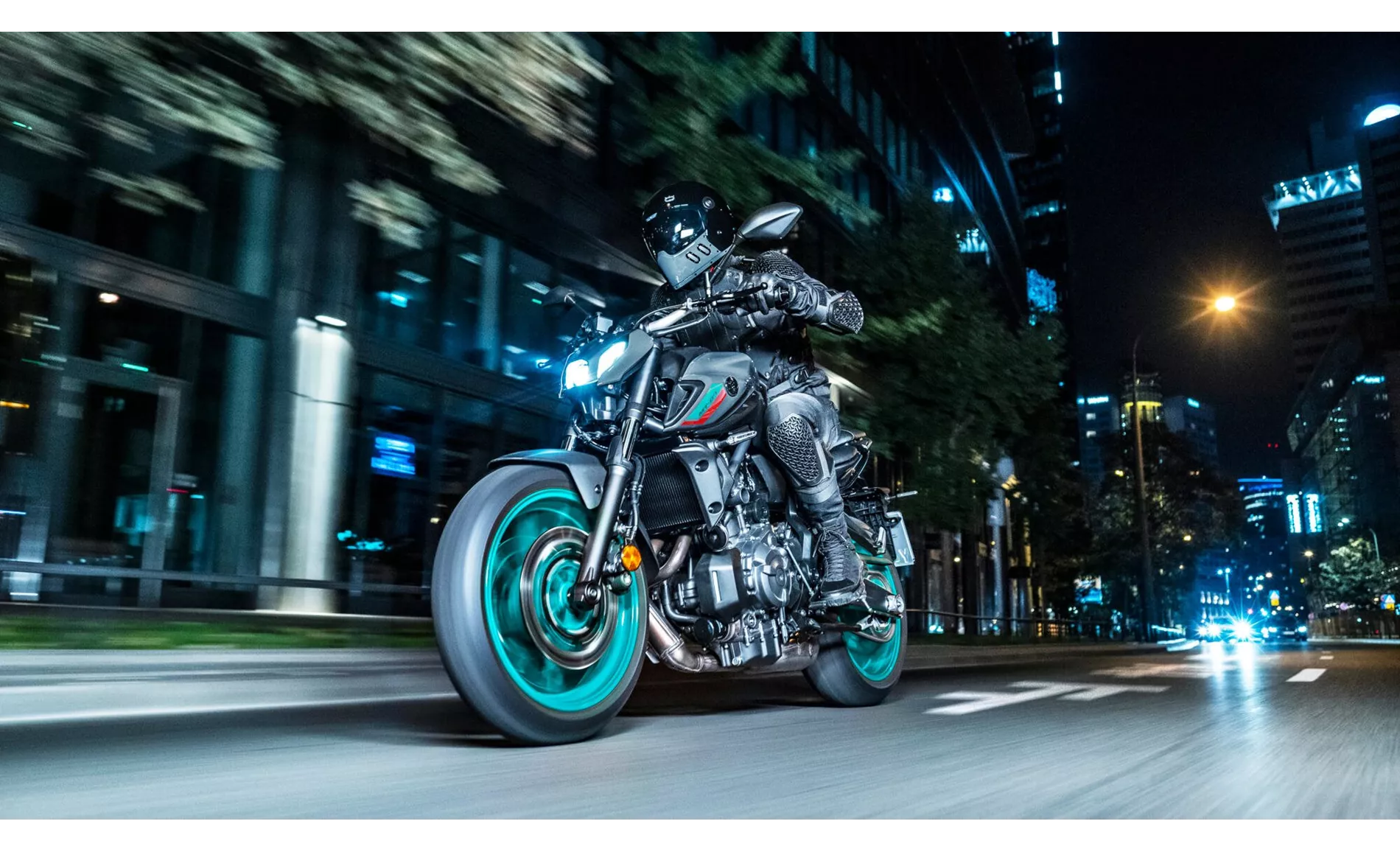
Yamaha MT-07 2022
Both bikes feature a double disk brake system at the front, ensuring reliable stopping power. However, the Suzuki GSR 750 2017 requires more manual force to operate the brakes, which may be a drawback for some riders. Additionally, the Yamaha MT-07 2022 has good braking performance, enhancing safety on the road.
In terms of dimensions, the Yamaha MT-07 2022 has a wheelbase of 1400 mm, while the Suzuki GSR 750 2017 has a slightly longer wheelbase of 1450 mm. This may result in a slightly different handling experience, with the Suzuki offering slightly more stability in corners. Both bikes have a similar tire setup, with a front tire width of 120 mm and a rear tire width of 180 mm, both with a diameter of 17 inches.
When it comes to seating position, the Yamaha MT-07 2022 offers a comfortable riding experience, allowing riders to enjoy long journeys without discomfort. Similarly, the Suzuki GSR 750 2017 provides sufficient comfort for riders, ensuring a pleasant ride.
In terms of instrument panels, the Yamaha MT-07 2022 features easy-to-read instruments, allowing riders to quickly access important information while on the road. The Suzuki GSR 750 2017 also has easy-to-read instruments, ensuring that riders can stay informed about their bike's performance.

Suzuki GSR 750 2017
Moving on to weaknesses, the Yamaha MT-07 2022 does not have an adjustable chassis, which may limit customization options for riders who prefer to fine-tune their bike's handling. Additionally, the Yamaha MT-07 2022 does not have a TFT display, which may be a drawback for riders who prefer a more advanced and modern instrument panel.
On the other hand, the Suzuki GSR 750 2017 has a brake system that requires more manual force to operate. This may be a disadvantage for riders who prefer a more responsive and effortless braking experience. Additionally, some riders may find the box swingarm of the Suzuki GSR 750 2017 to be less aesthetically pleasing compared to other designs.
In conclusion, both the Yamaha MT-07 2022 and the Suzuki GSR 750 2017 offer unique strengths and weaknesses. The Yamaha MT-07 2022 provides a lively and powerful engine, comfortable seating position, and good braking system. However, it lacks an adjustable chassis and a TFT display. On the other hand, the Suzuki GSR 750 2017 boasts an attractive appearance, stable handling, and easy-to-read instruments. Nevertheless, it requires more manual force to operate the brakes and has a less visually appealing box swingarm. Ultimately, riders should consider their priorities and preferences to choose the bike that best suits their needs.
Technical Specifications Yamaha MT-07 2022 compared to Suzuki GSR 750 2017
Pros and Cons in comparison
Pros and Cons in comparison
Yamaha MT-07 2022
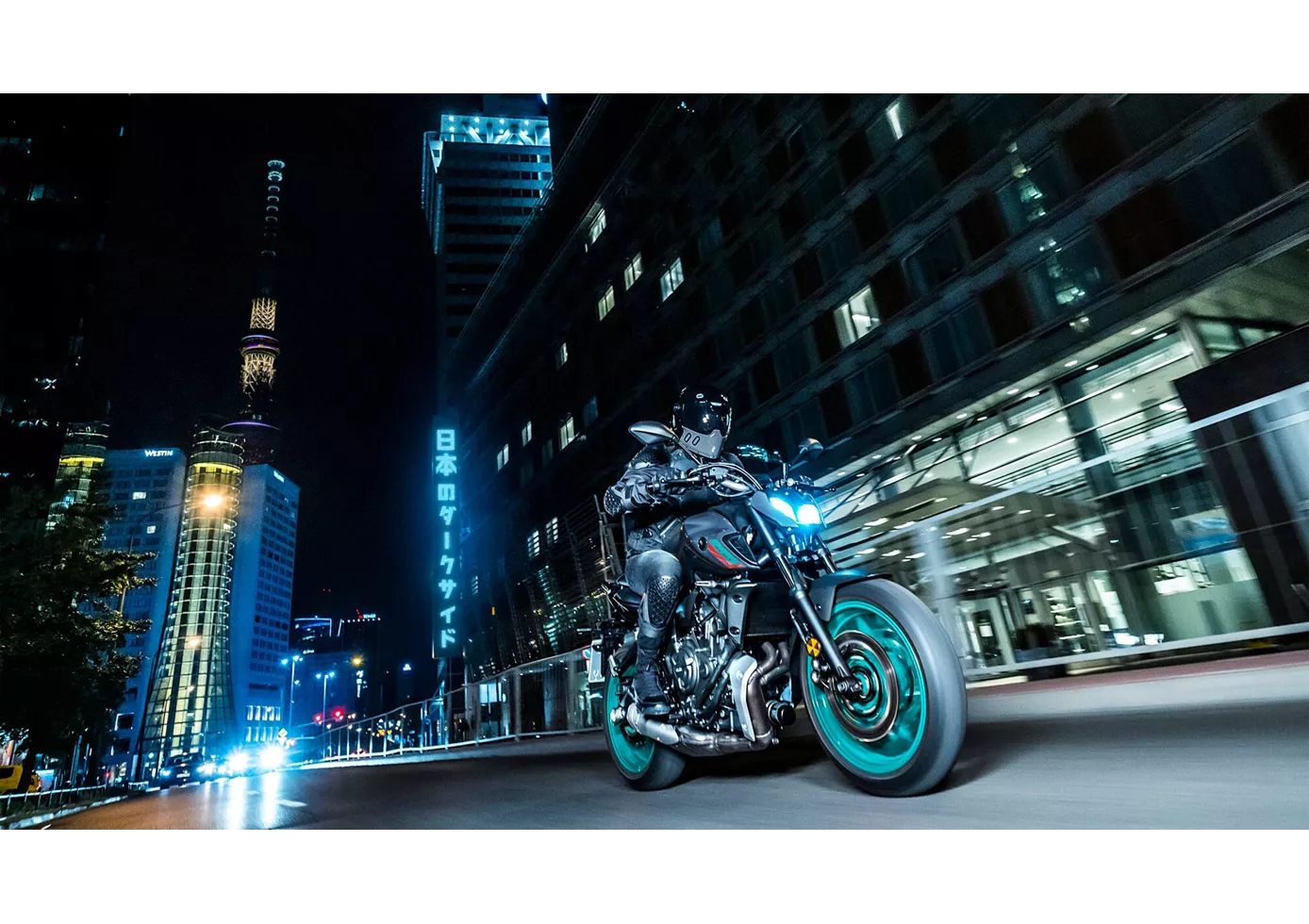
Hardly any other motorbike in the so-called entry-level class is as much fun as the Yamaha MT-07. Even the version that is throttled down to 48 hp can keep up with the full version for longer than you would expect due to its comparatively large displacement. The remaining components also do well, both the brakes and the suspension don't want to scare anyone with too much harshness, but don't immediately reach the limit even with sportier riders. The look is now more coherent, the minimalist LED headlight fits in perfectly with the angular look.
Suzuki GSR 750 2017

A razor-sharp design with an aggressive front and narrow rear - just as speedy street raiders have always wanted. It is a pity that the rear swingarm was neglected (officially for weight reasons, unofficially for cost reasons), and the front dual-piston brake system seems a little weak. However, the performance during the ride, both at high speed and in tight corners, is quite good.
Price Comparison Avarage Market Price Yamaha MT-07 vs Suzuki GSR 750
There are a few key differences between a Yamaha MT-07 2022 and a Suzuki GSR 750 2017. There are the same number of bikes of both models available on the 1000PS.de marketplace, specifically 52. It takes less time to sell a Yamaha MT-07 with 109 days compared to 117 days for a Suzuki GSR 750. Since model year 2013 1000PS.de editors have written 69 reviews for the Yamaha MT-07 and 12 reviews for the Suzuki GSR 750 since model year 2011. The first review for the Yamaha MT-07 was published on 11/4/2013 and now has more than 12,600 views. This compares to more than 5,400 views for the first review on Suzuki GSR 750 published on 10/5/2010.


